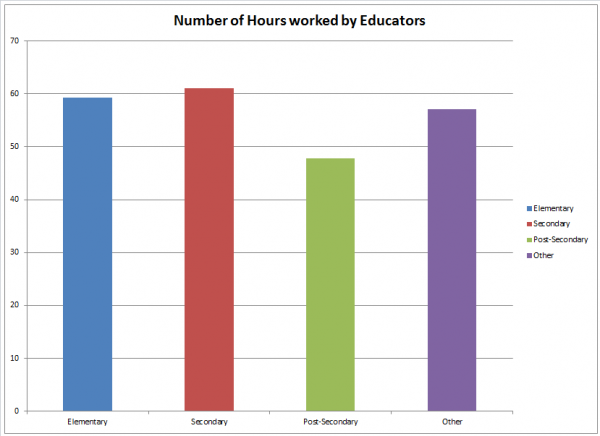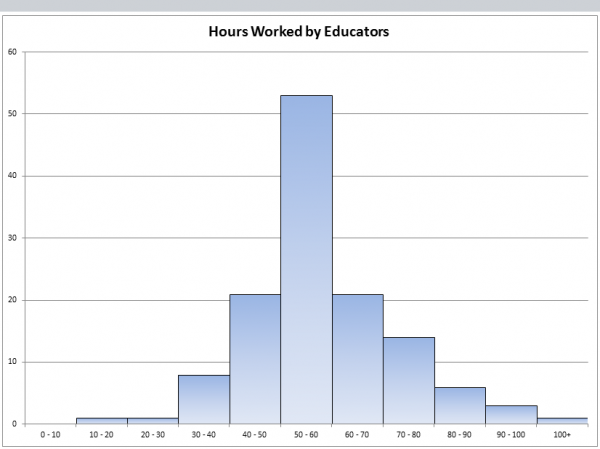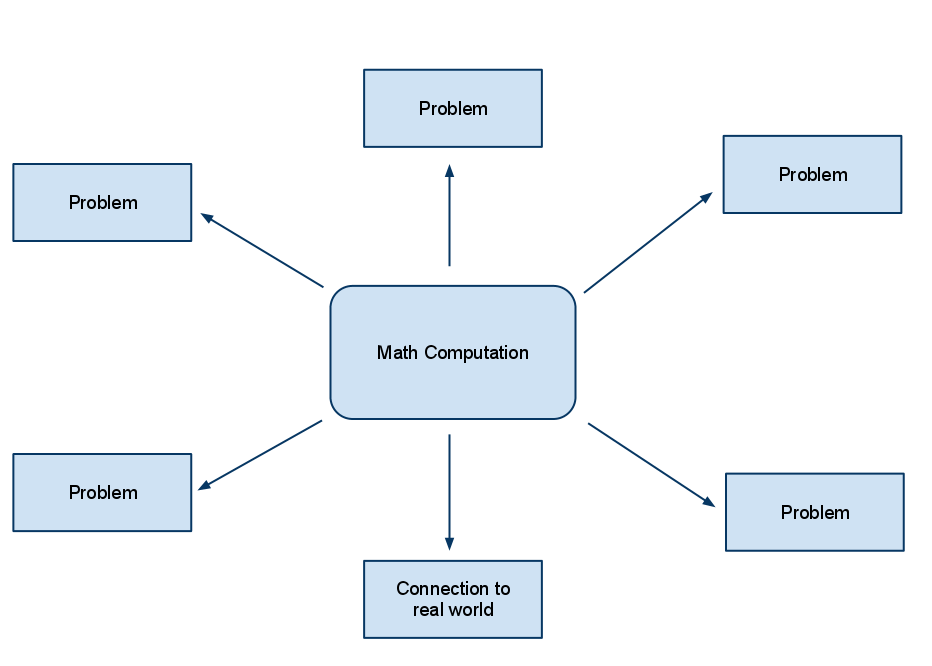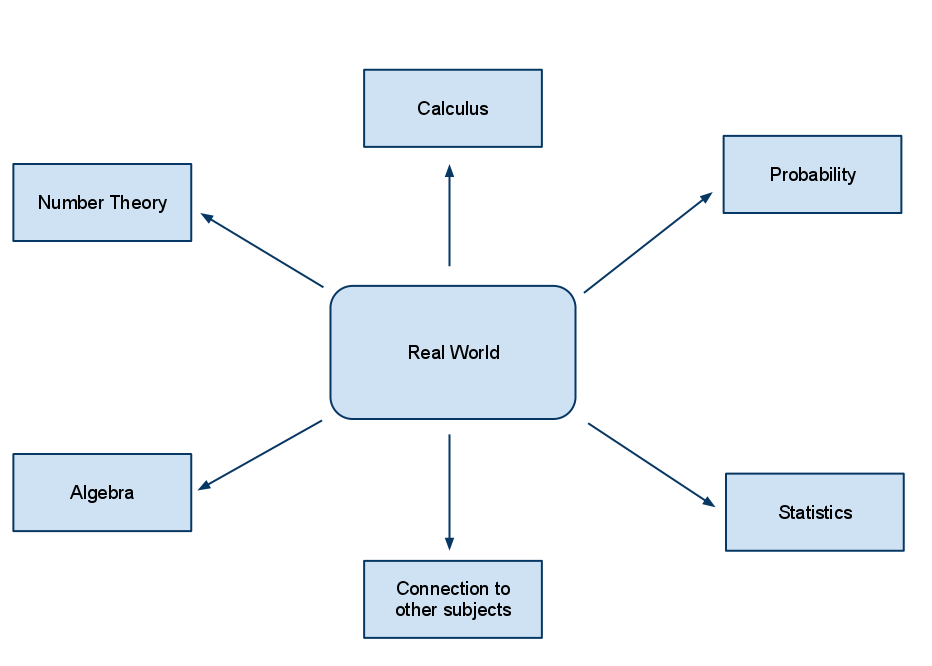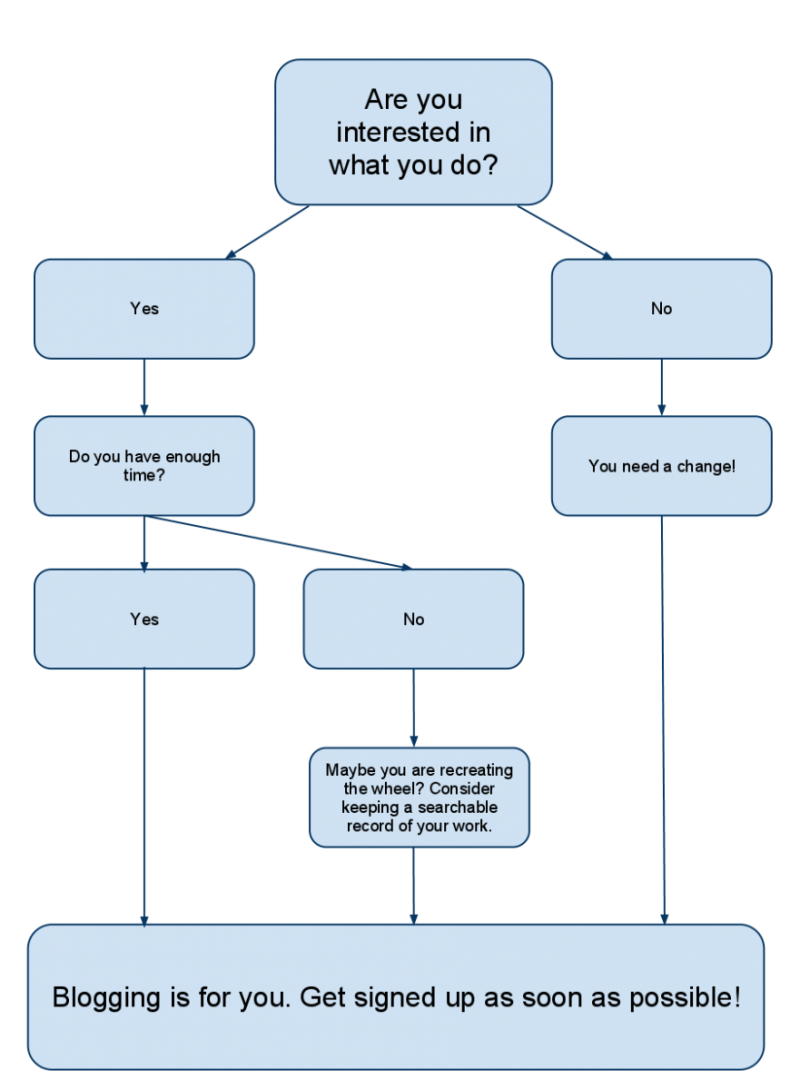I’m curious about the cost of textbooks in British Columbia, because I wondered, after doing some brief calculations in my head, how much textbooks cost in British Columbia, and how much an open source licensing system would cost by comparison. I need some help with my math, because I can’t understand why are still using the current system.
There are currently 649, 366 students listed as registered in British Columbia, according to the BC education ministry data website. If even half of those students have textbooks of some sort, and those textbooks cost an average of $25 per year for a typical 5 year replacement cycle, and if students take an average of 6 academic subjects then the total cost of textbooks in BC is about $50 million dollars. (I’m not able to look this information up easily, as most of the school districts in BC lump the cost of textbooks into their budgets for supplies). Let’s halve that number, in case some of my estimates are incorrect, which means that the cost of textbooks alone in BC is at least $25,000,000.
Of course this cost doesn’t include transporting the books, replacing lost, stolen, or damaged books, storing the books, and paying people to manage textbooks for schools or school districts.
What would an open source system cost? Imagine a system where the textbooks are written by authors, and then licensed under a creative commons license. The authors are paid a far wage for their work, but then not granted royalties once the work is complete. Please note that this is what I envision these "textbooks" looking like.
I would imagine that each course might have an author who is responsible for keeping the work up to date and maintained. If each of these authors earned $80,000 a year for their work, and we had an author in charge of each of 6 academic subjects, for about half of the students (so half of the current grades), then the total cost of the authors salaries would be $2,880,000. We’d probably want to have an chief editor of the project, so let’s add $120,000 for someone in charge of the project, to bring the salary total to $3,000,000. Further, I’m sure we would want to have a few consultants hired from time to time, expenses so that authors could attend professional development, type-setters to ensure the content looks clean, so perhaps the total budget for the project would be $5,000,000.
The authors would likely work in collaborative teams, so that although each author would be "in charge" of a specific textbook. Content changes regularly, so you would have to keep these authors on staff full time, as they would be constantly revising and upgrading their digital textbooks. The quality of the works would actually improve over the current model since any changes that needed to be made to the textbooks could be done so immediately, and then those changes pushed out to all of the digital copies of the textbooks students hold.
According to this analysis, you would save at least $20,000,000 a year using an open source model of publishing, with a conservative estimate of how much textbooks actually cost our province. I’m sure other educational districts could do similar analysis and see savings as well. Note that this savings does not take into account savings generated by not having to transport, store, maintain, upgrade, and replace textbooks.
Some other advantages of this system is that different provinces could collaborate and share units and modules of the text. We wouldn’t have to use just print resources, as I’ve argued before. Errors and omissions could be fixed on very short time-lines. The best explanation of a particular topic could be the one used, rather than relying on a single author (or small group of authors) to provide explanations. Textbooks could be shared with whomever wanted to use them. Parents and teachers could collaborate to provide translations of the textbooks.
A serious flaw with this argument is that many students in BC do not have devices capable of displaying digital textbooks and in some cases their existing devices that would work are actually banned in schools. This is an issue that needs to be resolved, however I think that $20,000,000 would go a long way toward providing students in need with some sort of electronic reader, especially if we leverage a lot of the devices students already have. (We remember that the replacement cycle on an ereader is about once every 3 years, hence we actually have about $60,000,000.)
To those who argue that this would further standardization of content across our province, you are right it would. However, currently the resources teacher use have restrictive licenses, while at least under a creative commons license educators, students, and parents could customize their textbook to suit their needs. There will always be a need for some form of a container to hold information, and for schools that container has traditionally been either the teacher or the textbook, in this system the container would more customizable and could adapt over time as our needs change.
There must be a flaw with this argument, something I’m missing. I was sure when I did these calculations I was going to end up with a different story, so please let me know what errors, omissions, and mistakes you see in my logic.
